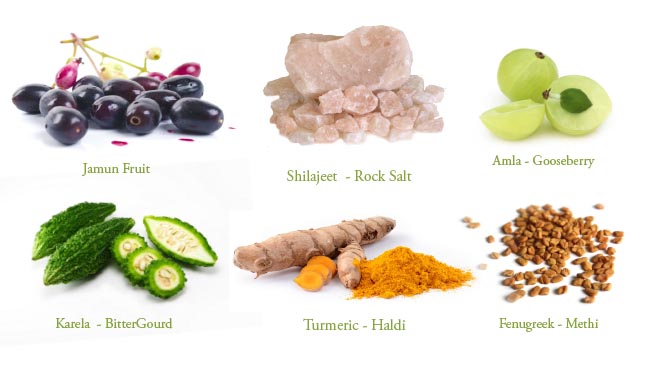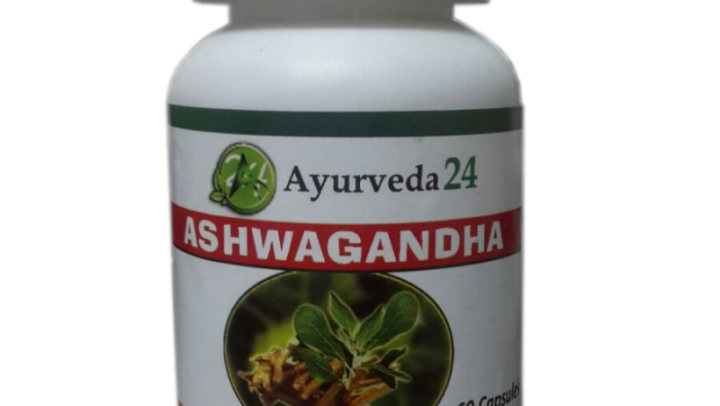Ayurvedic Treatment for Renal Failure
Ayurvedic Treatment for Renal Failure - Kidney’s basic function is to filter blood. When it stops doing the same or the kidney’s functioning reduces, the body exhibits few changes. These changes generally are ignored or in some patients these are abrupt.
The first change that a patient feels is anorexia or low appetite. This change is generally ignored by patients, as in this fast life these are considered minor problems that everybody faces. As we all know food waste becomes toxic metabolite which is to be excreted.
As with the passage of time toxins in the blood increase, the body has a self mechanism of restricting the toxins that it does by reducing the amount of food that an individual can eat. That’s why this symptom appears first, so one should not at all ignore even a simple symptom of low hunger or decreased food liking.
The second symptom a patient generally observes is weakness & muscular cramps. This symptom is again very common with today’s lifestyle and one tends to go for a few on the counter supplements available.
One would feel better by the supplements but as we know the underlying disease left untreated, the patient generally gets confused & avoids going to the specialist.
The third symptom which the patient may feel is itching. The patient’s skin may become dark as well. As kidneys fail, they are no more able to filter the toxins. The toxins start accumulating in the liver and skin. The skin becomes itchy in some patients.
At times whole body color starts changing. This symptom is usually not ignored & patient consults specialist but again at this moment of time if early detection is made then life can be saved.
Another symptom associated is swelling in feet. This has been observed that Diabetic patient’s feet are more swelled as they lose a lot of protein in their urine. If you closely observe Urine routine examination report, albumin (protein) will be ++++. Also, along with if you check LFT it will show low levels of albumin or protein in the blood.
An optimum level of protein is required in an individual for proper blood circulation. As there is a deficit it has to be fulfilled. So the fluid exchange is there in capillaries, which causes edema/swelling. In Allopathic treatment, diuretics like Frusemide or Torsemide is given to patients to recover from edema. These diuretics give timely relief to the patient but at the same time, they have few side effects like electrolyte imbalance which can cause weakness, constipation and many more adverse symptoms as well.
Ayurvedic Physician, at this point of time, advise Ayurvedic/herbal Diuretics like Gokshura (Nephroactive- plus - https://www.advanceayurveda.in/product/renal-failure-treatment-nephroactive-plus/ ), Varuna (Varuna Caps) & Punnarnava (Punnarnava Plus- https://www.advanceayurveda.in/product/kidney-failure-treatment-punnarnav/)
These herbs will not create any side effects (as allopathic chemicals are causing) and will also treat the underlying cause of disease, as they are helpful in restricting proteinuria as well. Punnarnava is a well-known herb for kidney functioning. Varuna also has a diuretic action.
The next very common symptom is nausea and vomiting. A patient will not be able to digest food and this will lead to other complications. Also, sometimes in End-Stage Renal Disease, fluid accumulation in the stomach can also cause nausea and vomiting. Stomach heaviness and anorexia are characteristic symptoms along with.
Another classical symptom is breathlessness. A patient does not ignore this symptom & straightway goes to a doctor and if investigations are done then a physician can diagnose. But why CKD patients feel breathlessness?
This can be due to two reasons. The first reason is the over-accumulation of fluid in the stomach or lungs. In all CKD patients, urine output decreases slowly and as a patient does not reduce his/her liquid intake it can result in this symptom.
Kidneys not only filter blood but it performs a variety of other functions which help smoother functioning of the body. One such function is the manufacturing of Erythropoietin which helps in the formation of Haemoglobin (Hb) in the body. Generally, it is observed that all CKD patients confirmed low levels of Hb.
They also complain of breathlessness without having other issues. The reason for the same is the low levels of Hb. We all know oxygen & other nutrients are transported through Haemoglobin & blood all over the body. So, if Haemoglobin reduces, the circulation drops and breathlessness occurs. For this, your doctor will recommend you Erythropoietin from outside in the form of injections.
In Ayurvedic renal failure treatment, Ayurvedic medicine improves kidney function. Also, the requirement for erythropoietin injection decreases slowly. Hemoglobin levels also increase. Generally, a high TLC and WBC count is observed in all kidney patients.
This indicates infection, which is generally treated with antibiotics. Our medicine for kidney failure contains few elements which normalize the counts and WBC values. It also controls symptoms which are listed below.
List of anomalies caused due to kidney failure.
- Low Urine
- Low Haemoglobin
- High WBC- TLC
- High Potassium
- High Phosphorous
- High Uric Acid
These anomalies are taken care of with our renal failure treatment supplements. Ayurveda works as a whole to control kidney disease.
High Potassium & Phosphorus is due to overuse of diuretics, or as the excretion is impaired, so these electrolytes start building up in the body. But with Ayurvedic diuretics like Nephro-active plus or Punnarnav plus, there is no such side effect seen. Also, it has been observed that these will start excreting as in a normal individual.
High level of Uric Acid is also observed with CKD patients & this leads to pain/ache all over the body. Again metabolism and excretion is effected here which results in these changes. Generally, a salt named Febuxostat is recommended in this condition which works well but with our renal failure treatment, the excretion improves(of uric acid) and liver which is the manufacturing organ of uric acid is corrected. So, the patient observes improvement in this symptom within a span of 3-6 months.
The ayurvedic treatment works as a whole in improving kidney functioning and reducing creatinine as well. Whereas in Allopathic renal failure treatment, there is a single process that can reduce creatinine which is Dialysis. To mention here, Dialysis is not a treatment.
It just supports until the patient gets a transplant done. The trust of Ayurvedic medicine helps patients to get rid of this dreaded disease which can never be cured with any other pathy or medicine. Even after a few years of transplant kidneys may fail again. So, there is an urgent need for an alternative treatment for kidney failure which is safe and secure and can cure the patient completely.
That is what Dr. Aggarwal’s Ayurvedic Panchakarma and Research Centre do. We collect all the patient reports which include blood reports, urine reports, ultrasound, etc. and then discuss the whole case with our team of Ayurvedic Specialists. Accordingly, doctors plan the treatment protocol for our patients which is best suitable for them. The most important thing in our Ayurvedic treatment is trust. If a patient trusts us then we can definitely cure the disease. Here are a few testimonies of patients benefitted with Ayurvedic Treatment at Dr. Aggarwal’s Ayurvedic Panchakarma and Research Centre.
https://www.youtube.com/watch?v=g1S8kYfGaAU
[/vc_column_text][/vc_column][/vc_row]





